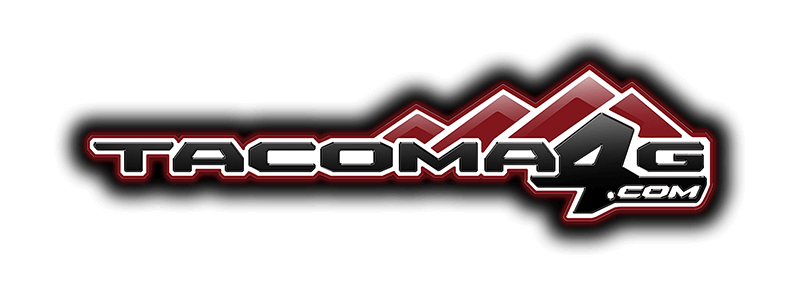- Thread starter
- #1
Hello everyone,
I currently own both a 2025 Tacoma and a 4Runner TRD Pro (sorry, didn't know there were other trims). I wanted to highlight the striking differences between the two, especially since Tacomas often get a bad reputation for being built in Mexico, while 4Runners are praised for being Japan-built.
If I haven't mentioned a specific difference, it either slipped my mind or there’s nothing notable to comment on.
1. Interior
Some posts on X suggest the 4Runner is slightly more luxurious with better materials than the Tacoma. Let’s examine the main differences:



I currently own both a 2025 Tacoma and a 4Runner TRD Pro (sorry, didn't know there were other trims). I wanted to highlight the striking differences between the two, especially since Tacomas often get a bad reputation for being built in Mexico, while 4Runners are praised for being Japan-built.
If I haven't mentioned a specific difference, it either slipped my mind or there’s nothing notable to comment on.
1. Interior
Some posts on X suggest the 4Runner is slightly more luxurious with better materials than the Tacoma. Let’s examine the main differences:
- Headliner and Sun Visors: The Tacoma’s headliner is made of a high-quality, luxurious fabric, while the 4Runner’s resembles flimsy black cardboard, which detracts from its interior appeal. Both vehicles use the same material for sun visors, but the 4Runner’s are poorly cut and stitched. The Tacoma’s sun visors are impeccably crafted.

- Center Armrest: The Tacoma’s armrest features a higher-quality matte material, while the 4Runner’s looks like cheap, glossy vinyl and feels overly soft in an unpleasant way, its already marked on the very edge for some reason.

- Glovebox: The Tacoma’s glovebox has a nice matte finish with a premium feel. The 4Runner’s, however, uses glossy, low-quality material that looks worn and clashes with the red interior. The Tacoma’s interior finishes feel consistently high-quality throughout.

- Soft-Touch Door Materials: The 4Runner’s door panels feel softer but in a fragile, low-quality way, as if the padding might degrade quickly. The Tacoma’s soft-touch materials are firmer and seem more durable, suggesting they’ll hold up better over time.
- Interior Plastics: Most plastics are similar, but the Tacoma’s feel slightly higher quality, though the difference is subtle.
- Door and Window Operation: The 4Runner disappointed me here big time, Its front windows rattle over bumps when halfway down, as if loose, and the doors closing “thunk” sounds cheap. The Tacoma’s windows don’t rattle, its doors have a heavier, premium feel, and the overall experience is noticeably better.
- Cabin Noise: The Tacoma’s interior is about 20% quieter, possibly due to its smaller cabin.
- Rattles: The 4Runner has rattles in the dash, passenger door, and possibly the rear. The Tacoma is mostly rattle-free, except for the seats, which I hope Toyota addresses with a Technical Service Bulletin (TSB). The seat rattle seems like an easy fix, and I’m experienced at resolving car rattles.
- Paint Quality: The 4Runner’s paint quality is superior, particularly on black painted surfaces, where it’s flawless. The Tacoma’s paint is good but falls slightly short, especially on the black fender flares, which lack gloss and show factory imperfections even after paint correction. Both vehicles have excellent panel gaps.
- Drivetrain: Both vehicles feel similar, but the 4Runner operates in electric mode more often than the Tacoma for reasons I’m unsure of. Engine vibrations are identical when the gas engine kicks in. The Tacoma’s exhaust is sportier and louder due to a smaller rear muffler.
- Steering and Turning Radius: The 4Runner’s steering rack is quicker and easier to maneuver, with a significantly better turning radius than the Tacoma’s, which is quite poor.
- Ride Quality: The 4Runner’s ride is 50% smoother, likely due to its 2-inch lower suspension, requiring less stiff springs and shocks. The Tacoma handles high-speed bumps better, though.
- Vehicle Noise Generator (VNG): In electric mode, the Tacoma’s VNG is about three times louder than the 4Runner’s, which is only noticeable outside the vehicle, as it should be.
- Horn: The 4Runner’s horn sounds like it belongs on a 1970s Datsun—not a fan.
Sponsored
Last edited:
